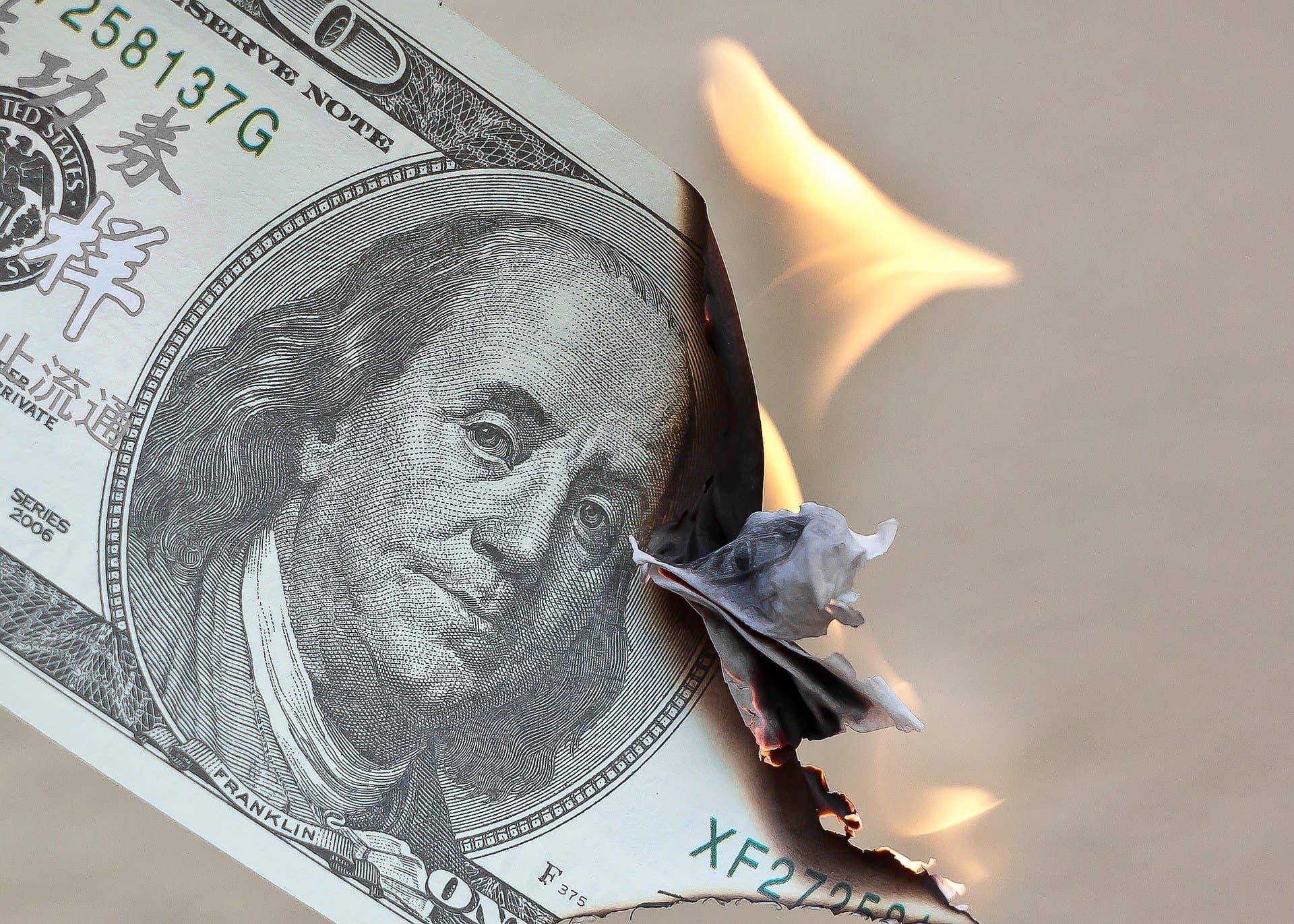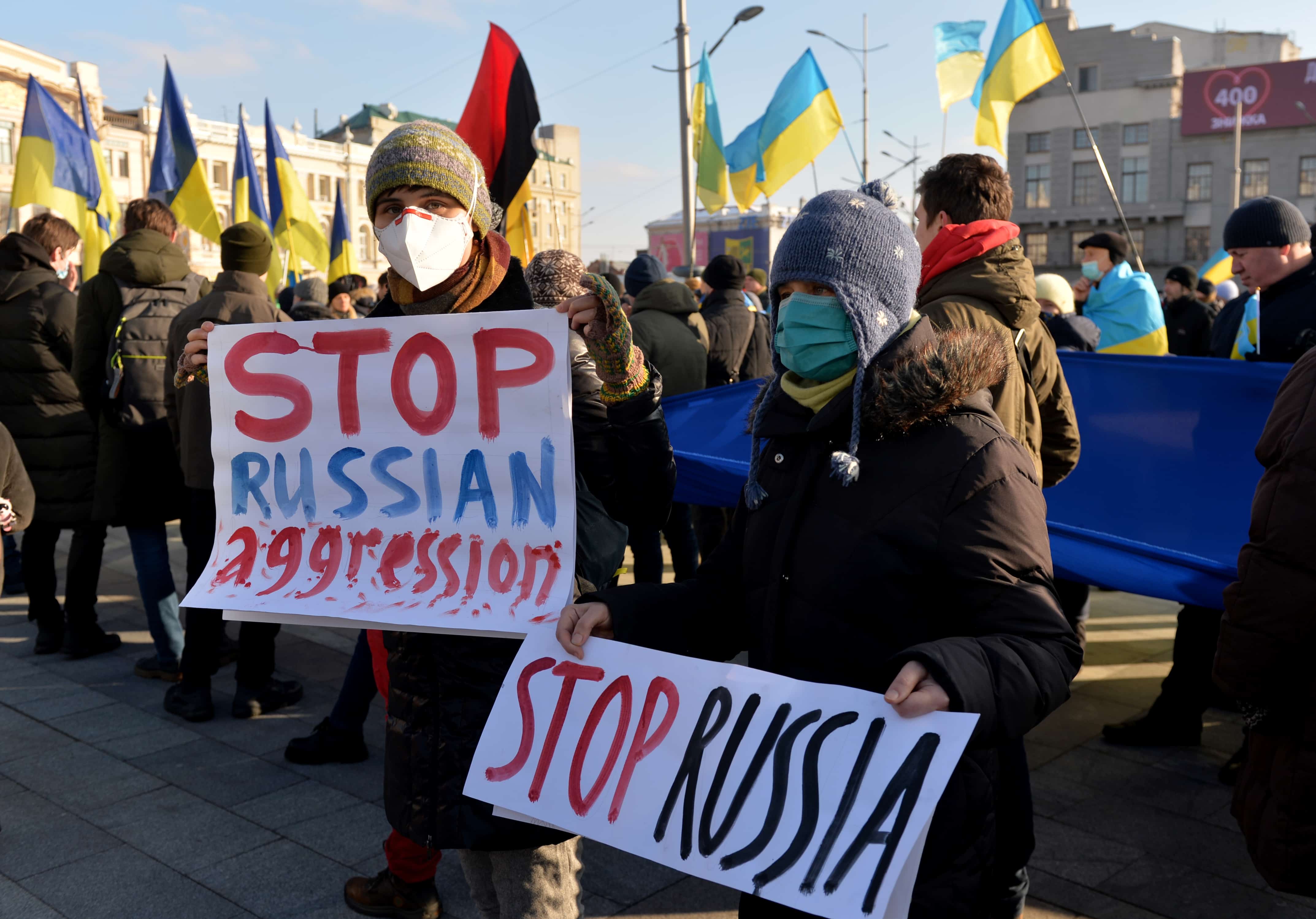Credit-ranking agency S&P Global Ratings has warned that several factors, including inflation and geopolitical tensions, could worsen the global lending and borrowing conditions and the overall credit environment in the coming months.
In a Global Credit Conditions Special Update, it said downside risks to global credit conditions — in particular geopolitical tensions, persistent inflation, and the promise of higher borrowing costs — are escalating.
It added that the prospects for global economic growth have softened even if it was to a modest extent.
It also said the ability of central banks to curb reflation — the act of stimulating the economy by increasing money supply or reducing taxes — without impeding the post-pandemic recovery was paramount.

The agency warned that a rapid and volatile market repricing would hurt lower-rated borrowers.
Emerging markets that are the most reliant on external financing are vulnerable to volatile capital flows and fragile investor sentiment.
Meanwhile those with material foreign currency borrowings could suffer from higher financing costs, explained the report.
The worsening scenario
S&P said that many major central banks, including the US Federal Reserve, look set to aggressively raise policy interest rates, or have already begun to do so.
Under such circumstances, investors could demand greater returns amid greater uncertainty, it said.
Higher benchmark rates, combined with a normalization or widening of spreads, could end what the agency called a “historic run of favorable financing conditions.”
This, it explained, was particularly concerning against the backdrop of soaring global debt that it said had reached $225 trillion.
A rapid and volatile market repricing — affecting debt-servicing costs and funding access — would hurt lower-rated borrowers, in particular, said S&P.
Corporates exposed to operational and structural headwinds, and highly indebted small and medium-sized enterprises might be unable to rebuild revenues and earnings before their financing costs rise to more normal levels.

Continued inflation threat
S&P noted that inflation in many regions was “running hotter and for longer” than economists expected.
The price rise, it said, was fueled in part by persistent global supply bottlenecks.
As a result, borrowers in many sectors were likely to continue to face input cost pressures that could increasingly erode margins and weigh on credit quality for some, particularly as growth slowed.
In the Middle East, while the more stable democracies have seen lower inflation, it is already wreaking havoc in countries like Lebanon, which many say has entered the hyperinflation phase.
Add to that the UN warning that higher shipping costs could exacerbate the scenario, and the S&P warning starts to look even more ominous.
Geopolitical tensions
Amplified geopolitical tensions — in particular, the US-led NATO squaring off against Russia over Ukraine — “raise the risk of restricted trade and capital flows, said S&P Global Ratings.
These, it said, could weigh on economic growth.

The imposition of strict sanctions on Russia, along with any countermeasures, could also hinder operations of exposed borrowers.
It could even have broader ramifications, such as a temporary energy price shock in Europe.
The strategic confrontation between the US and China, and a further intensification of tensions over the South China Sea region, could impede trade and investment regionally and globally, said the agency.








